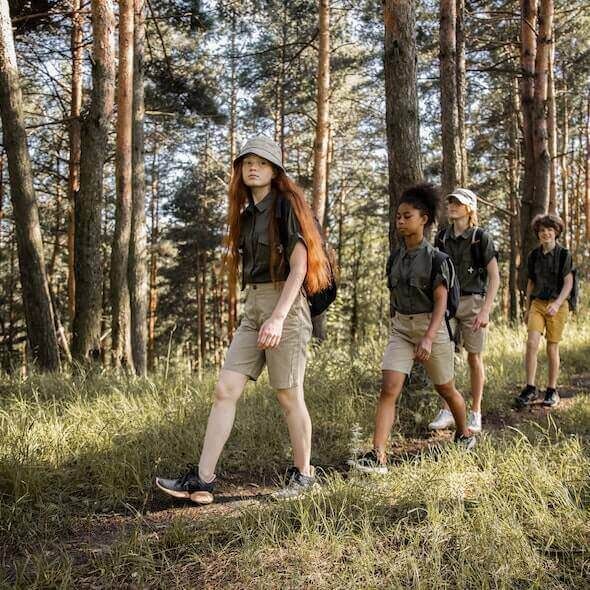As technology continues to advance and our world becomes more interconnected, it is important for us to consider the impact we have on the environment. One way we can do this is by being responsible hikers when we trek through natural habitats. Sustainable trekking is not only about enjoying the beauty of nature, but also about preserving it for future generations.
Choosing the Right Gear
When embarking on a trekking adventure, it is important to choose gear that is both durable and environmentally friendly. Look for gear made from sustainable materials, such as organic cotton, recycled plastics, or bamboo. Avoid single-use plastics and opt for reusable items, such as water bottles and food containers. By investing in high-quality gear that will last for many adventures, you can reduce your impact on the environment.
Leave No Trace
One of the most important principles of sustainable trekking is to leave no trace. This means packing out all of your trash and waste, and leaving natural habitats exactly as you found them. Be sure to follow designated trails and avoid trampling on fragile vegetation. Practice good campsite etiquette by setting up your tent in designated areas and using established fire rings for cooking. By minimizing your impact on the environment, you can help preserve natural habitats for future generations to enjoy.
Respect Wildlife
When hiking in natural habitats, it is important to respect the wildlife that calls these areas home. Keep a safe distance from animals and avoid feeding them, as this can disrupt their natural behaviors and habitats. Be mindful of nesting birds and other sensitive wildlife, and avoid disturbing their natural habitats. By observing wildlife from a distance and respecting their space, you can help protect these animals and their ecosystems.
Support Conservation Efforts
One way to make a positive impact on natural habitats is to support conservation efforts in the areas you are trekking. Look for opportunities to volunteer with local conservation organizations, or donate to causes that are working to protect the environment. By supporting these efforts, you can help preserve natural habitats and ensure that they remain accessible for future generations to enjoy.
Conclusion
Sustainable trekking is not just about enjoying the great outdoors, but also about taking responsibility for the impact we have on the environment. By choosing the right gear, leaving no trace, respecting wildlife, and supporting conservation efforts, we can help preserve natural habitats for future generations to enjoy. So next time you embark on a hiking adventure, remember to tread lightly and leave only footprints behind.
Happy trekking!
